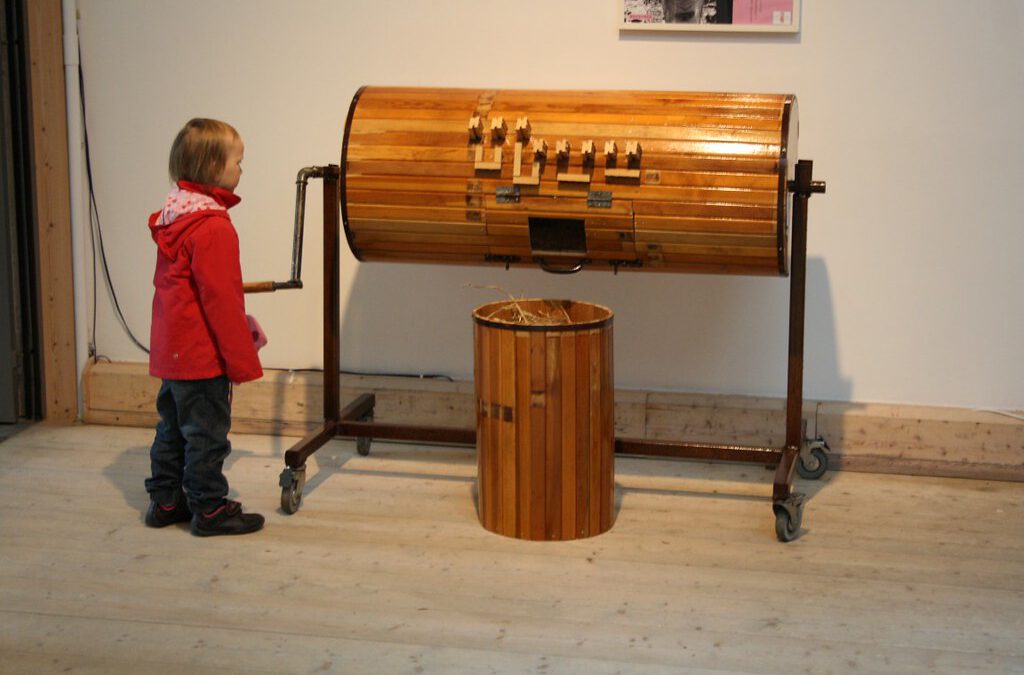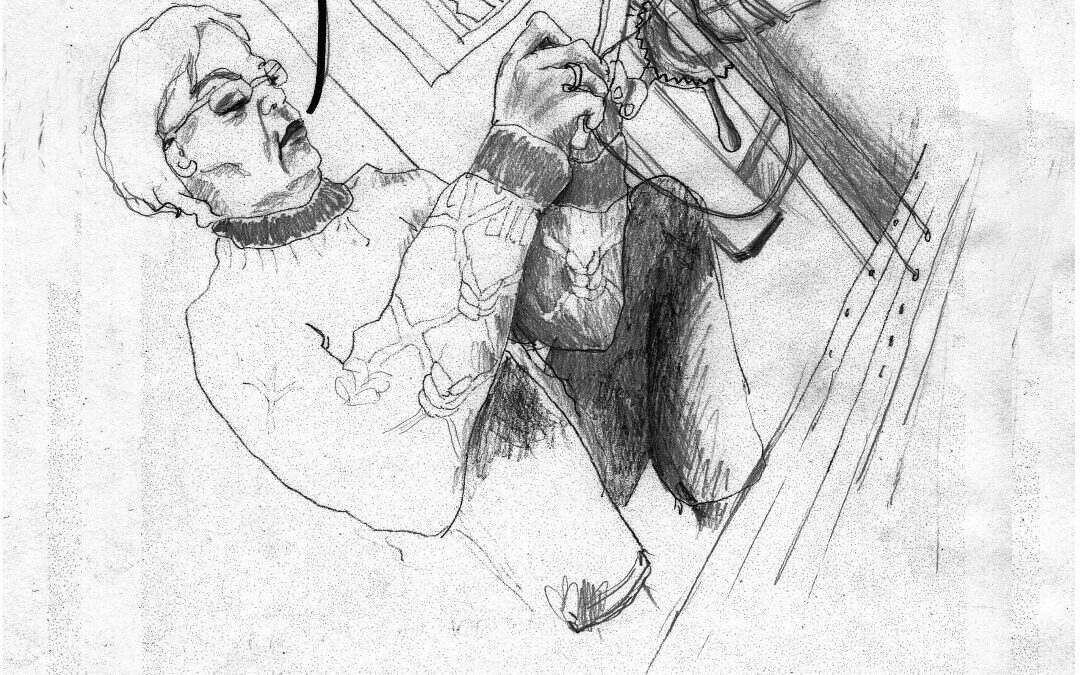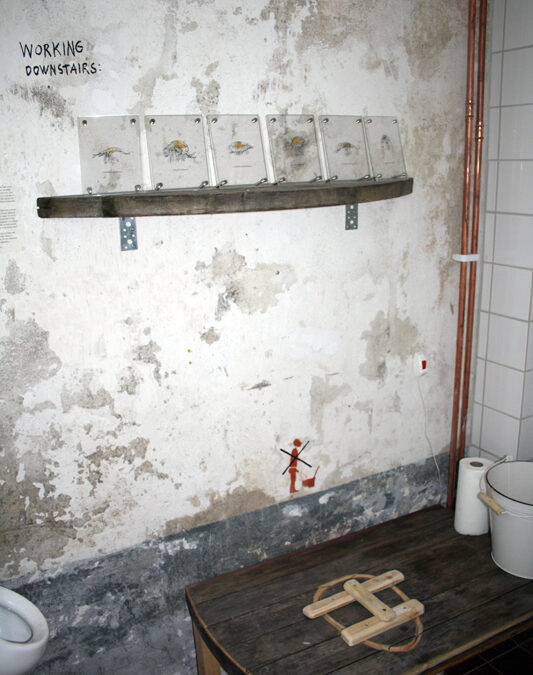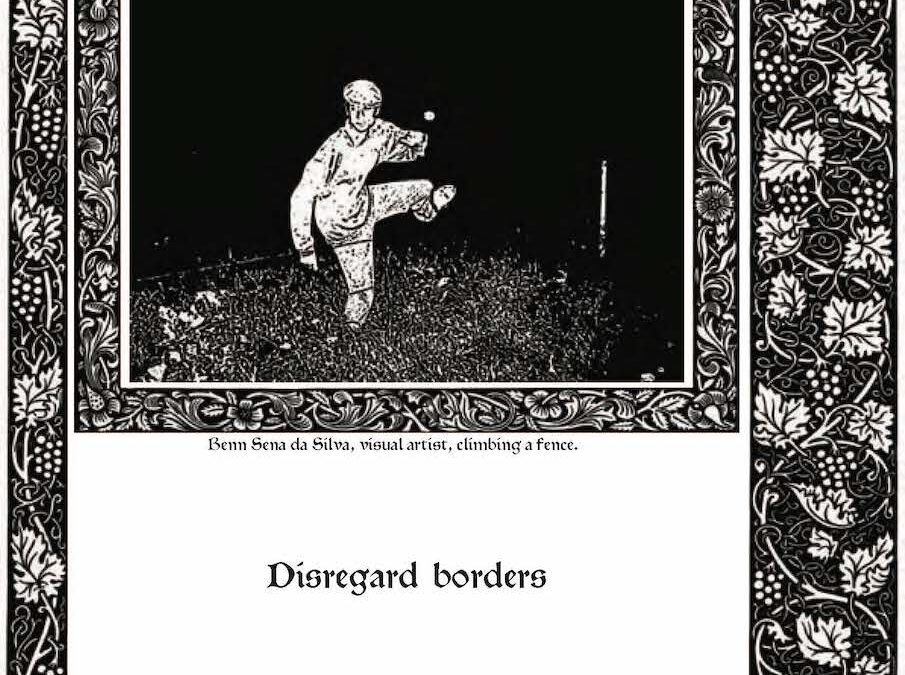
Top Soil
Top Soil
Top-soil tombola on the stone planet.
Life makes soil and the soil makes life.
On the stone planet Earth, a layer has been added since the beginning of life, 3.9 billion years ago: our between 5 and 20 cm thick layer of topsoil. In this thin layer, the major part of all biological activity of Earth is going on. Through our various actions at the place we live or work, we are either nourishing or depleting this layer. The interaction of microorganisms in the topsoil and life above means without exaggeration everything for life’s further progression.
It is as big – and as small – as anything …
For Botkyrka Konsthall, Kultivator makes The Top-soil tombola, a compost bin for the gallery’s visitors and staff. Inside the institution it becomes its own cultural producer, who works during the show to prepare the foundation for any further activity: top soil, the planet’s tenuous utmost cultural layer.
Visitors and staff in the gallery are asked to put their organic waste in the tombola, and then turn it to mix and aerate the process. Then the cultures of bacteria and microorganisms work on for themselves. In September, in time for the Fittja Open, about 50 liters highly cultured local soil, have been formed to continue growing.
Top-Soil project of Kultivator in Botkyrka is also, and perhaps more importantly, taking place outside the art gallery with an installation of a “worm tower” (vermicompost) in connection with allotment gardens, and a call for creating your own compost and composting on the balcony, in the allotment garden, or in public green spaces.




















































